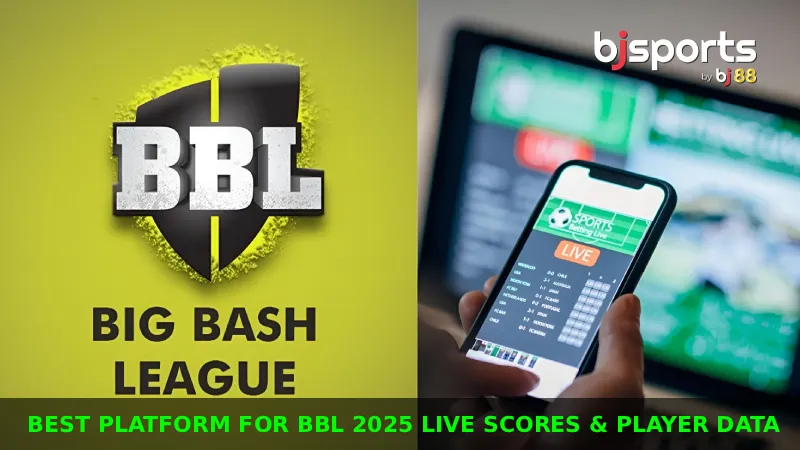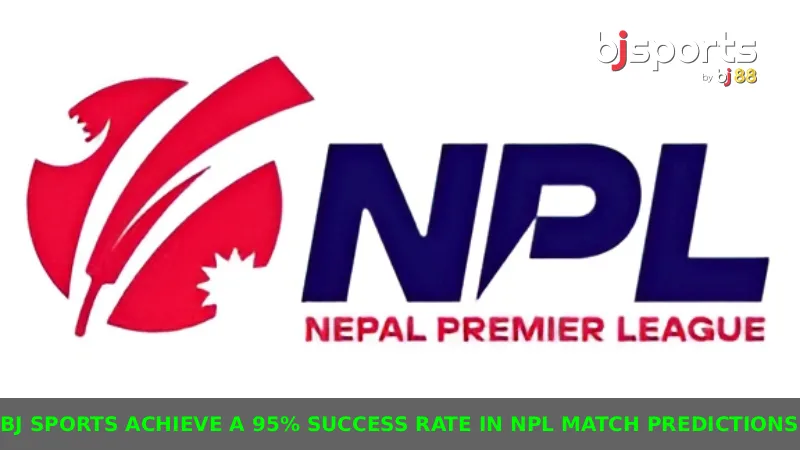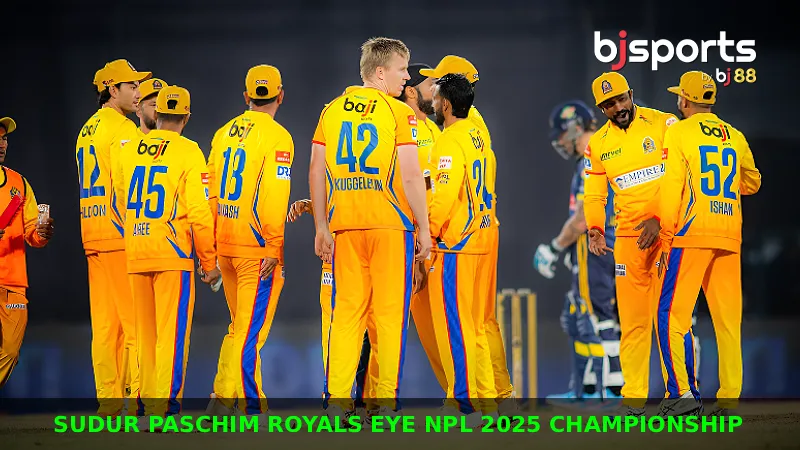
Ah, the Indian Premier League, where the intensity of the competition is spicier than the non-veg biryani in the stands. While the first half of IPL 2025 has delivered sixes, surprises, and nail-biters, there is another storyline simmering just below the surface: the home advantage gap. And, no, we’re not simply referring to the way fans chant or how your dugout feels more familiar than the others. Franchises are raising eyebrows, voices, and maybe pitchforks (pun intended) about their right to shape the surface to favor their strengths. So, what is the home truth about home advantage so far this season?
The Pitch Predicament
In the last couple weeks, everyone from Stephen Fleming to Zaheer Khan has discussed pitch preparation, a topic that is ultimately winding up to be the biggest off-field debate in the IPL. Typically, home teams have expected to have a say on the surface they played on – whether they wanted a pitch to suit spin, pace or batter-friendly surfaces. But in IPL 2023, it definitely feels like curators are singing from a different song sheet.
The fundamental problem? Teams build their rosters with a certain pitch in mind. And player auctions are costing the franchises crores of rupees, it’s understandable why they want some degree of control. But the BCCI technically owns the ground and pays the curators, so it’s like being a tenant—you can decorate all you want, but you can’t break the walls down without asking first.
The Impact Player Twist: Does It Really Balance Things?
Recent seasons have produced one of the wild cards of the Impact Player rule. It presumably adds flexibility to teams — if the pitch turns square, you can bring in a spinner; when it is a belting deck, you can go with the heavy batting option. Therefore, does that not mitigate surface impact regardless of what pitch is served up? Not entirely. Akash Chopra claimed, even with some adaptability, it does not mean teams should be forced to at home. You already deal with foreign conditions in each away game; shouldn’t you at least get the comforts of a surface you know in your backyard?
The other issues? In grounds like Chinnaswamy or Wankhede, which are limited in space and pitches, they don’t have any flexibility for curators either. So even if a team requests a certain wicket, logistics may not be on your side. Then there’s the BCCI’s desire to have something fair and the franchises wanting control, bringing yet another level of conflict.”
Renting vs Owning the Game
At the center of the conundrum is a broader philosophical discussion: who really “owns” the IPL experience? Currently, franchises are paying top-dollar for limited rights; they sign players, coaches, and analysts, but when it comes to the most important part – the pitch – they’re tenants, not owners.
Some pundits anticipate that the future evolution of the IPL probably involves franchise-controlled venues. Imagine the day that KKR “owns” Eden Gardens, or CSK owns Chepauk – not in the legal sense, but in terms of real estate – they not only control the preparation of the pitch and provide direction to groundstaff, but also dictate how spicy the samosas should be! This is not fanciful – just look at the European football clubs with $1b stadiums. As the IPL matures, the reality of this evolution is probably inevitable.
What do you think – should franchises control what happens in their home ground, or is the BCCI correct to manage the spice levels? Let us know in the comments below! After all, every fan has a pitch to make!
 Which Platform Offers the Best Real-Time Live Score & Player Matchup Data for BBL 2025
Which Platform Offers the Best Real-Time Live Score & Player Matchup Data for BBL 2025 How Did BJ Sports Achieve a 95% Success Rate in NPL Match Predictions
How Did BJ Sports Achieve a 95% Success Rate in NPL Match Predictions Why Did Hobart Hurricanes Pick Rishad Hossain Over Other Spinners
Why Did Hobart Hurricanes Pick Rishad Hossain Over Other Spinners Back-to-Back Finals: Can Sudur Paschim Royals Finally Seize the NPL 2025 Championship
Back-to-Back Finals: Can Sudur Paschim Royals Finally Seize the NPL 2025 Championship

